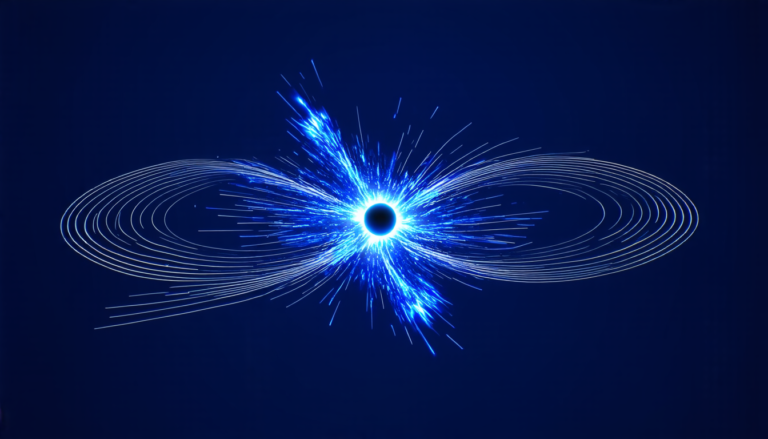Sunday 13 July 2025
Scientists have long been fascinated by the potential for radio signals to emanate from exoplanetary systems, offering a window into the mysterious interactions between planets and their host stars. Recent advances in radio astronomy have made it possible to detect faint signals from these distant worlds, but the challenge remains of separating signal from noise.
A team of researchers has now made a significant breakthrough in this area, detecting a circularly polarized radio burst emanating from the exoplanetary system HD 189733. Located about 63 light-years away in the constellation Vulpecula, this hot Jupiter orbits its star at a relatively close distance, making it an ideal candidate for studying planetary magnetic fields and stellar activity.
The detection was made using the NenuFAR radio telescope, which operates in the low-frequency range of 15-62 MHz. This frequency band is particularly useful for detecting signals from exoplanetary systems, as it allows researchers to target the radio emission that is likely to be generated by planetary magnetic fields interacting with their host star’s wind.
The signal detected by the team is remarkable not only for its strength but also for its circular polarization. Circularly polarized radiation is a hallmark of coherent emission processes, such as those driven by magnetic fields or plasma instabilities. This suggests that the radio burst was generated by a process involving the planetary magnetic field, rather than simply being a random fluctuation in the star’s output.
The detection of this signal has significant implications for our understanding of exoplanetary systems and their potential for hosting life. Magnetic fields play a crucial role in shaping the habitability of planets, as they can influence atmospheric circulation patterns and protect against harmful radiation from the star. By studying the radio emission from these systems, researchers may be able to gain insights into the underlying magnetic field structures and their effects on planetary environments.
The discovery also highlights the potential for radio astronomy to provide a new window into the study of exoplanetary systems. As radio telescopes continue to improve in sensitivity and resolution, they are likely to reveal further secrets about these distant worlds and their interactions with their host stars.
Cite this article: “Radio Signal from Exoplanetary System Reveals Insights into Planetary Magnetic Fields”, The Science Archive, 2025.
Radio Signals, Exoplanetary Systems, Magnetic Fields, Planetary Orbits, Stellar Activity, Low-Frequency Range, Circular Polarization, Coherent Emission, Habitability, Radio Astronomy.







